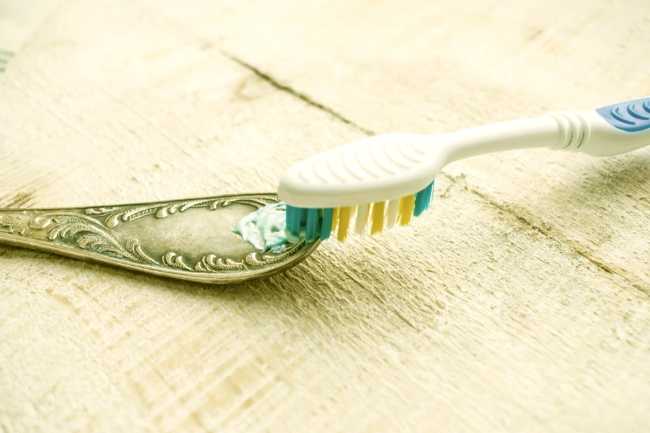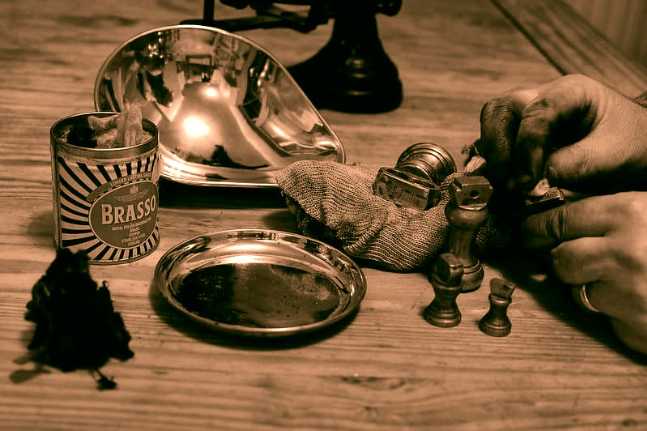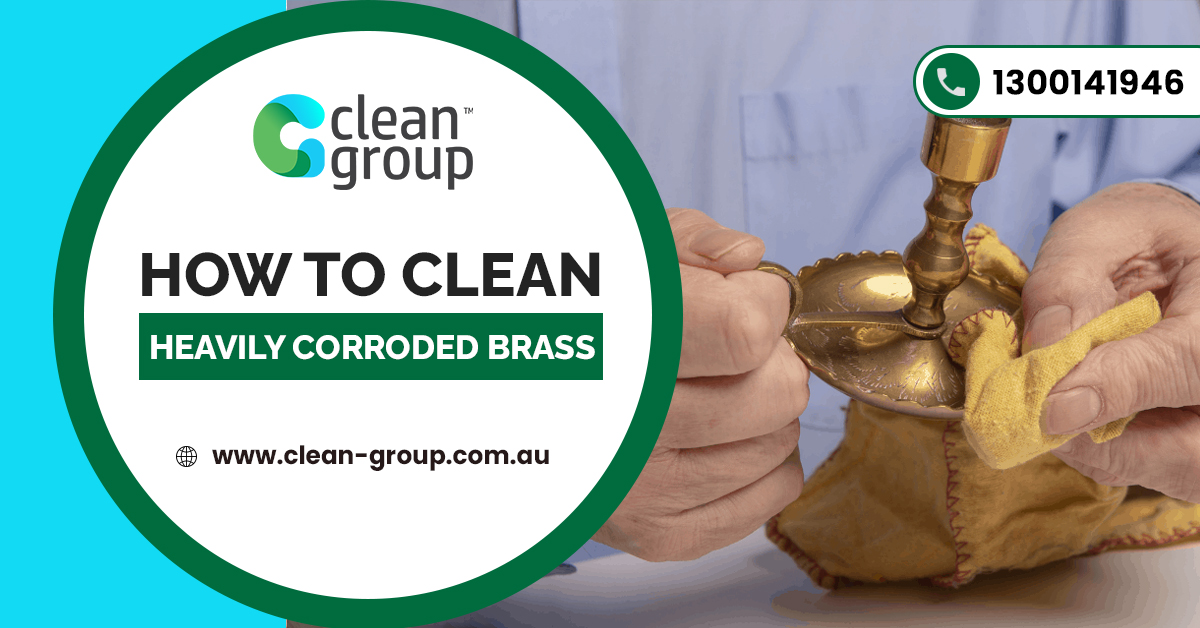Brass has long been a favourite metal for homes, especially on doorknobs, lamps, and decorative hardware. It looks classy, elegant, and bold, but not when it is tarnished and corroded.
Just because brass is heavily corroded, it doesn’t mean you need to throw it away or send it for professional commercial cleaning. There are a few tricks to get things shining brightly again.
Here is a guide on how to clean heavily corroded brass and prevent it from ending up damaged in the future.
A Few Things to Note Before You Start
- Make sure you determine if an object is solid brass or just brass plated before you begin cleaning. If it is plated, thorough cleaning could scrape off the surface, which is not what you want to happen. You can test whether or not something is solid brass by holding a magnet against it. Brass is not magnetic. If it stays, then it is merely brass plated.
- Corrosion and rust are not the same thing and should be treated differently. There is no iron in brass, so it does not technically rust. The cleaning methods you use elsewhere may not be suitable for brass.
- If the brass is heavily corroded, you may need some strong chemicals. Do the cleaning in an open, airy space somewhere in the shade to avoid any risk to your health.
- You can make your own brass cleaning solution at home using simple ingredients, which is worth a try if the corrosion is not too serious or if you are on a tight budget. If the damage is more substantial, it is worth buying some heavy-duty products made specifically for that purpose.
- It is easier to clean in small parts, so if you have an item that disassembles, clean each piece individually.
Also, read these interesting facts about cleaning.
What Do You Need?

- A rag or cloth
- Warm soapy water
- Fine steel wool or a toothbrush
- Paint stripper
- Acidic solution (see DIY suggestions below)
- Brass cleaner
- Protective gloves
The Method
Step One: Use the Paint Stripper to Remove Any Wax or Other Coating
You can’t properly get into the corroded parts of the brass if something is covering them, so you need to remove it first. A small amount of paint stripper onto a dry rag and gently rub the surface.
Step Two: Make Your Acidic Paste and Apply It to the Corroded Areas
Heavy corrosion needs a bit of acidity to help break it down. DIY solutions work well in many cases, so make up a paste of your own. Here are three possible home-made mixtures to use on heavily corroded brass:
- Mix equal parts white vinegar, salt, and plain flour to create a paste. It should be thick and go semi-dry when you leave it on the brass.
- Cut a lemon in half, covering the exposed edge with fine salt. Apply directly onto the brass using the lemon like a sponge. You can also add baking powder to the lemon to create more of a paste effect.
- Tomato paste is plenty acidic on its own. Simply spread it over the brass and leave it to do its thing. You can also use good old fashion ketchup.
Whether you use vinegar, lemon, or tomato paste, it is important to completely cover the object and leave it to soak in for 30 minutes up to an hour.
Step Three: Scrub Off the Corrosion Using Fine Steel Wool or a Toothbrush
After letting the paste set in, it is time for the elbow grease. Using either a strong toothbrush or fine steel wool (depending on how severe the corrosion is and how delicate the surface is), scrub the paste and tarnish off the brass. Depending on how bad the corrosion is, you may need to repeat steps two and three a couple of times.
Step Four: Wash the Brass Object in Warm Soapy Water
When you are satisfied that the blemishes are gone, rinse the object in hand-hot water with a mild detergent soap to get rid of any residue. Don’t leave it sitting in the water- just get rid of everything, then pat it dry. Make sure there is nothing left as it is likely to leave a mark later and negate all your hard work.
Step Five: Polish the Surface with the Brass Cleaner to Add Shine and Protection

You have wiped, soaked, scrubbed, washed, and dried: now for the finishing touch! Take a good-quality brass cleaner and polish the surface with a soft cloth. Polish in a circular motion to avoid streaks and make sure you cover the item evenly.
Adding a polish is not just for the classic brass shine- it also helps protect the surface from scratches and tarnish, keeping it clean longer than it would be without.
How to Avoid Brass Corrosion in the First Place
Like most things, if you keep up with basic regular maintenance, then the damage should never get out of hand.
- Regular light polishing helps prevent corrosion from setting in and keeps things shining. Don’t overdo it- just a brief once over with a simple shop-bought or DIY polish once a month is enough to do the trick. Remember, always clean before you polish.
- Consider having the brass lacquered if you like the style. Some people prefer to keep brass natural for the authentic, classic look, but a lacquer or urethane coating does help prevent tarnishing. You should have it re-done every year- more often if it is exposed to sunlight.
- If you have any brass items that are particularly old, ornate, or important to you, consider having them professionally cleaned every now and again before corrosion has a chance to set in.
Final Thoughts
Professional brass cleaning can cost a pretty penny and is not always necessary. It is impressive what the contents of your kitchen cupboards can do! Brass is a stunning addition to any home décor, but not when it is left to corrode and tarnish.
You can keep brass clean without detracting from its charm- give it the regular TLC it deserves. If you have a piece that has seen better days, don’t give up on it just yet!

